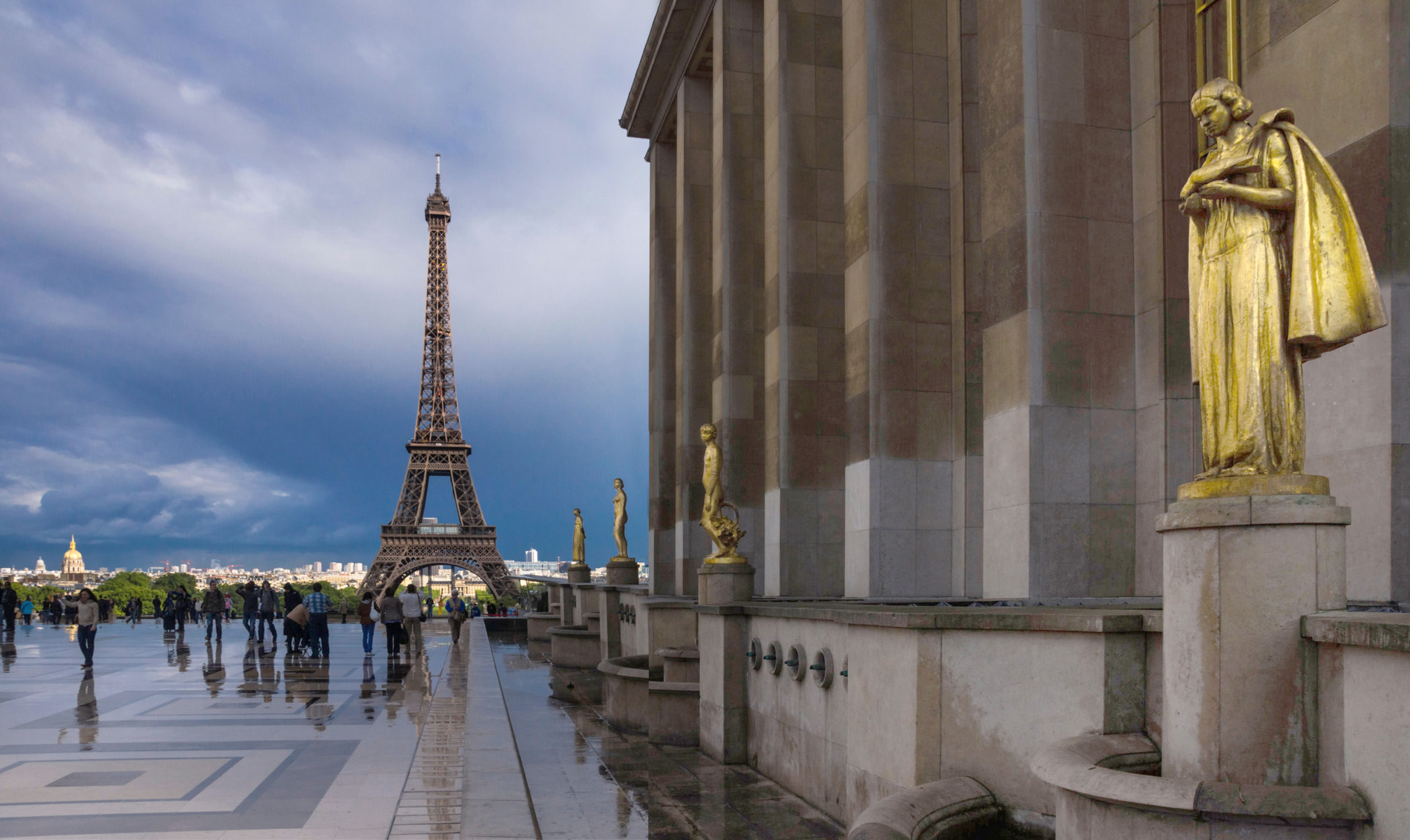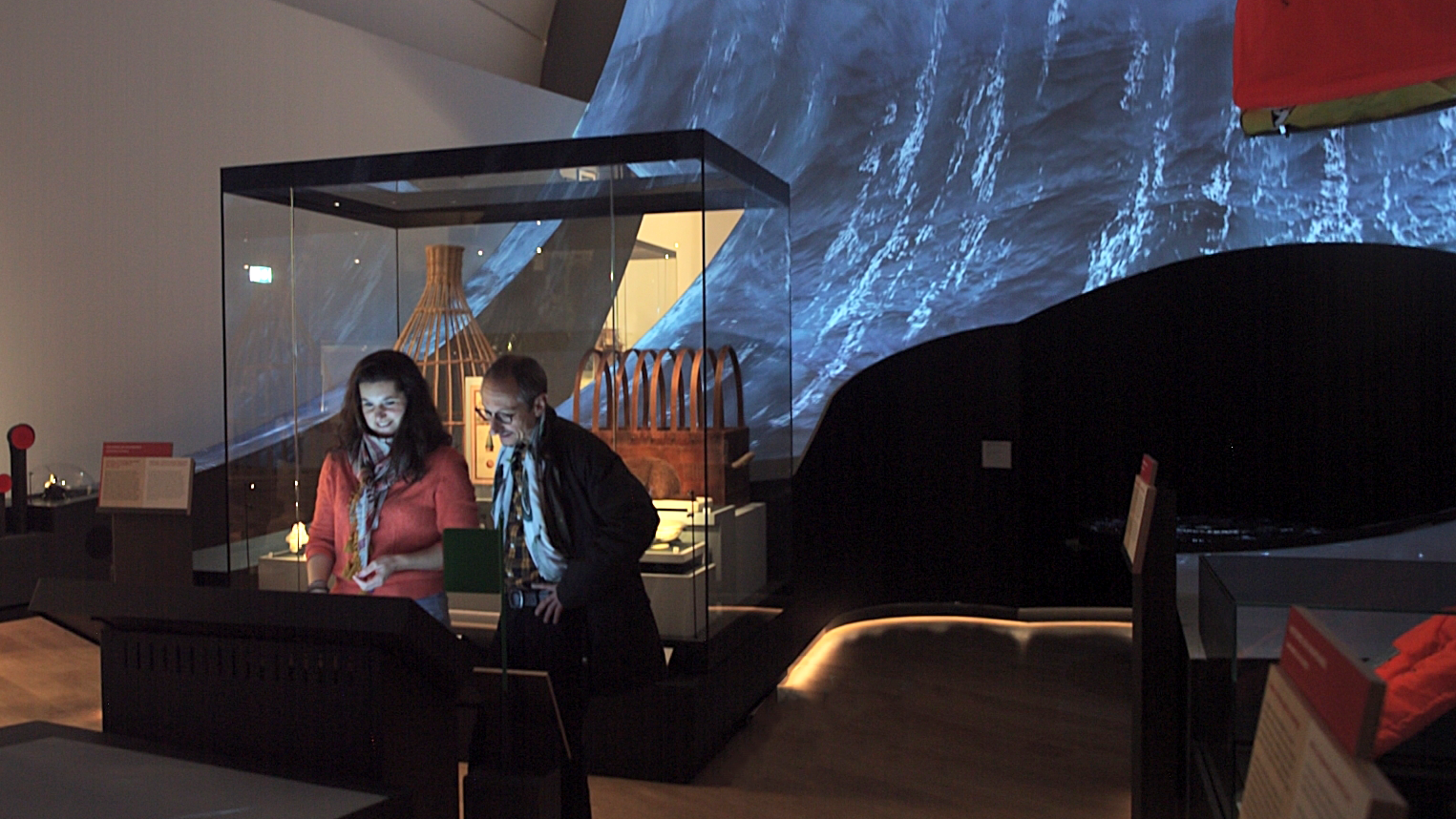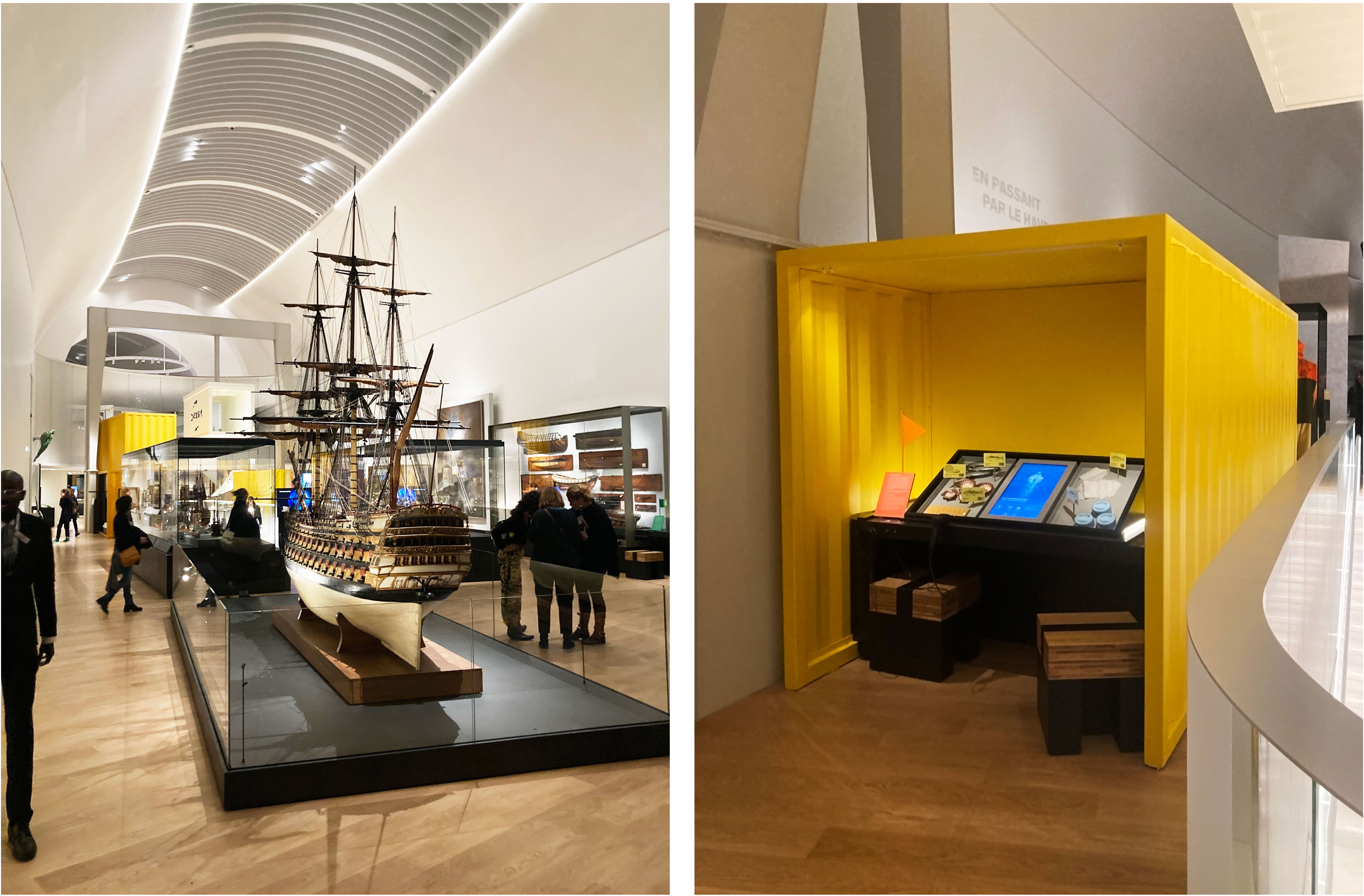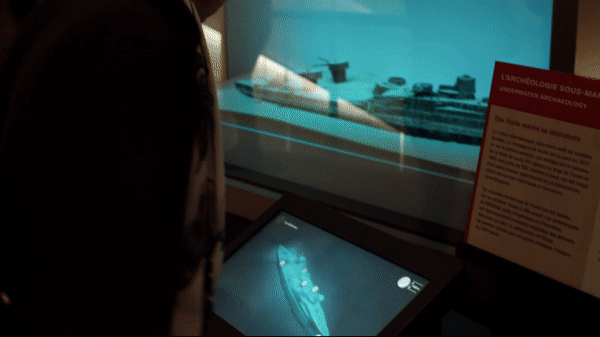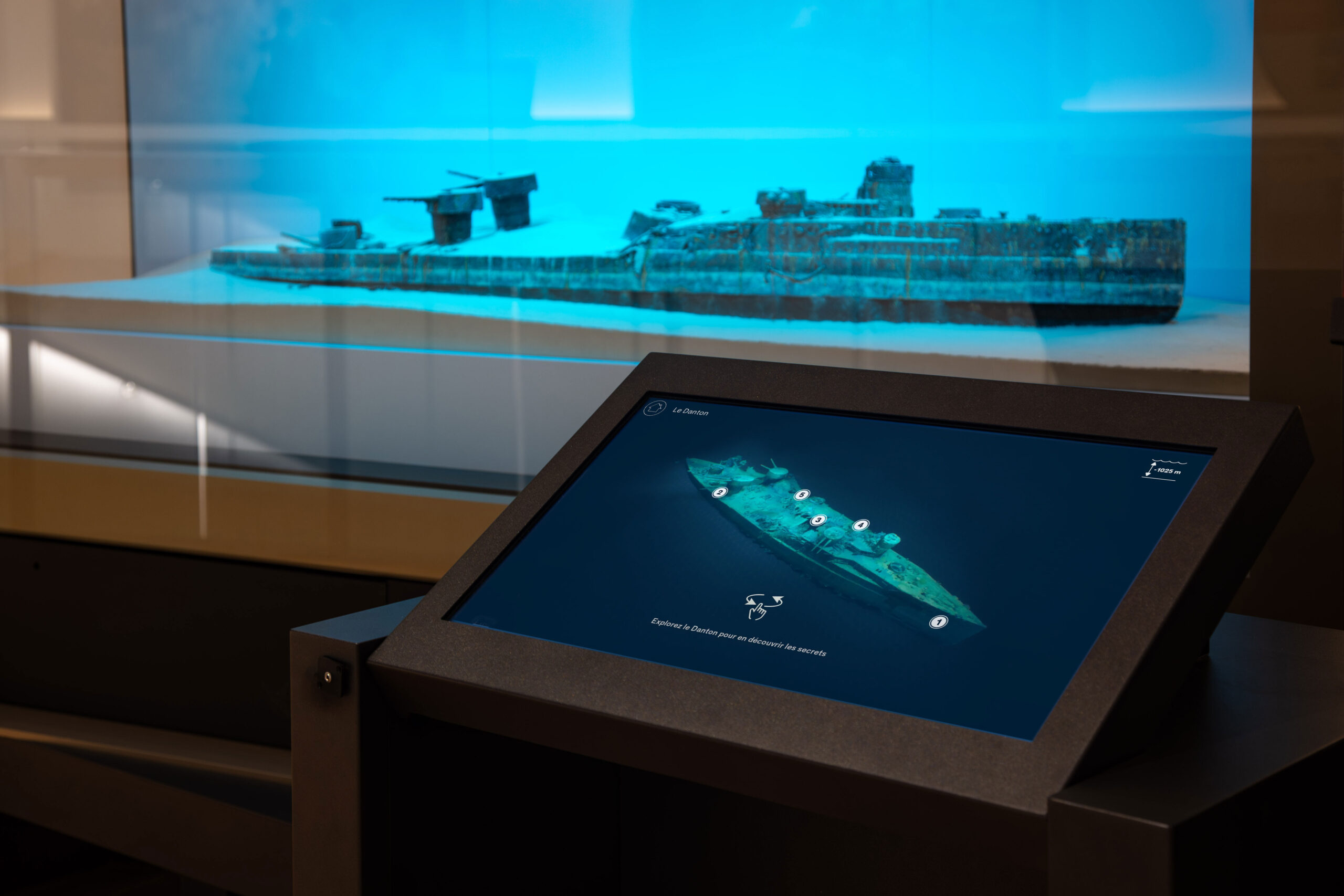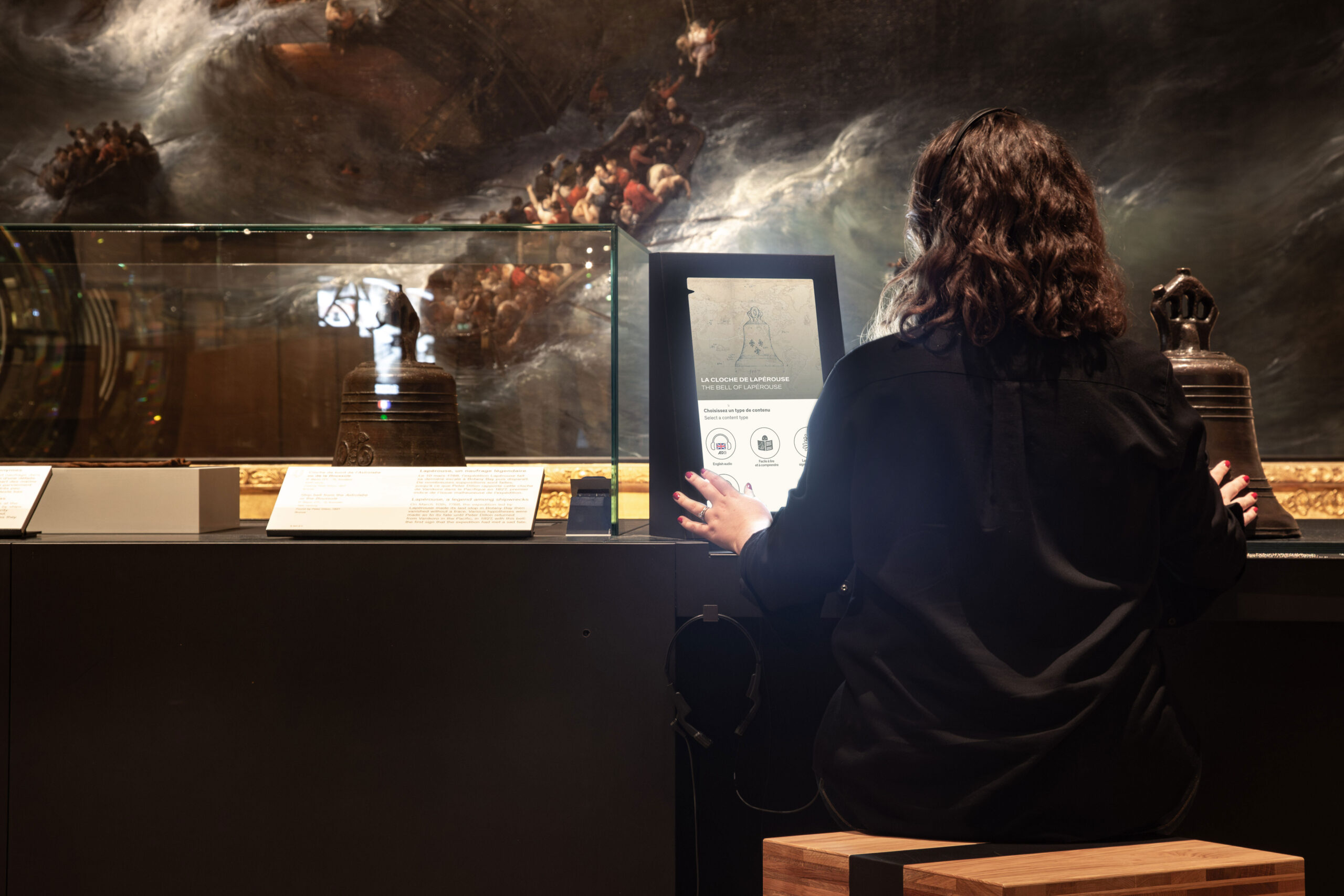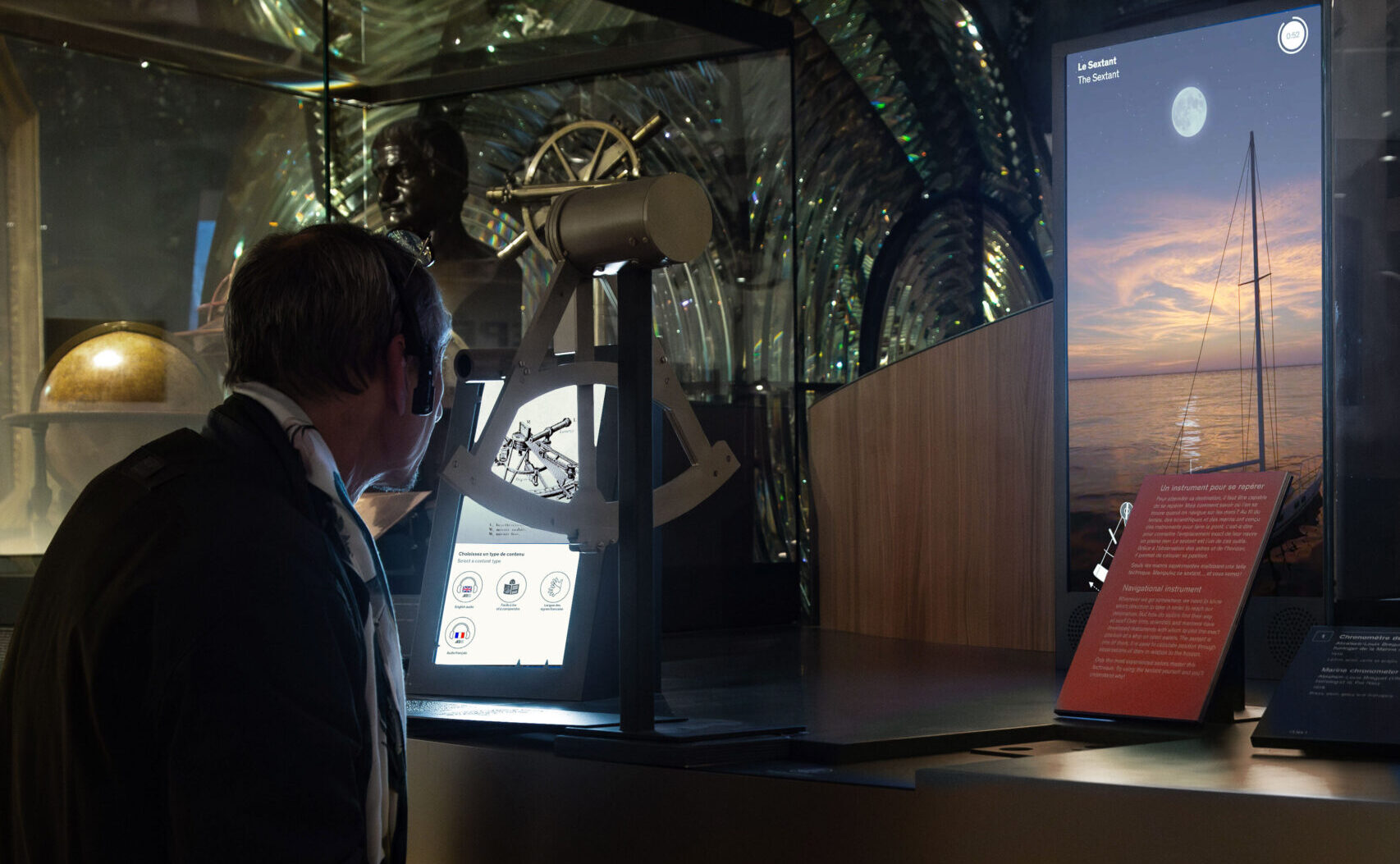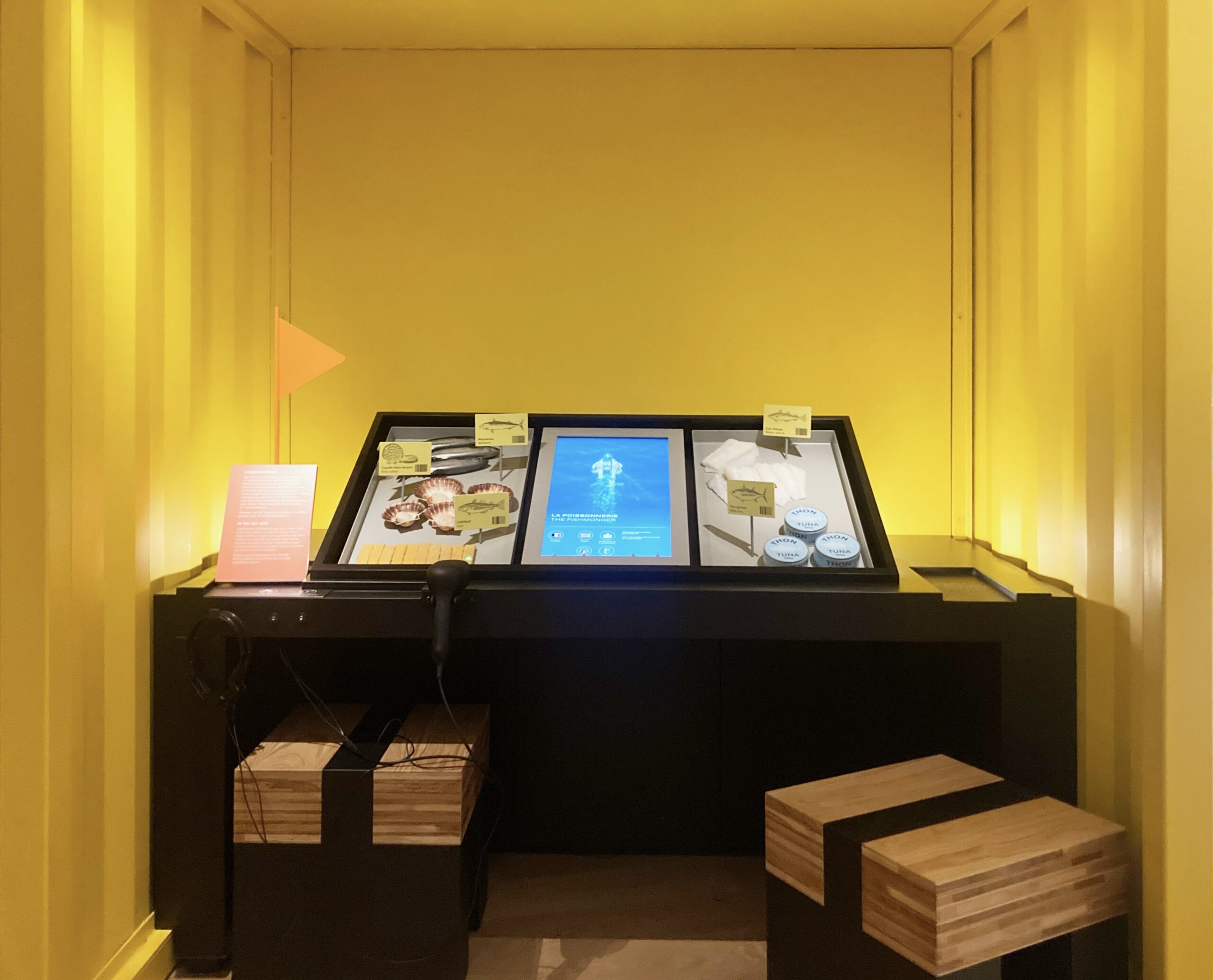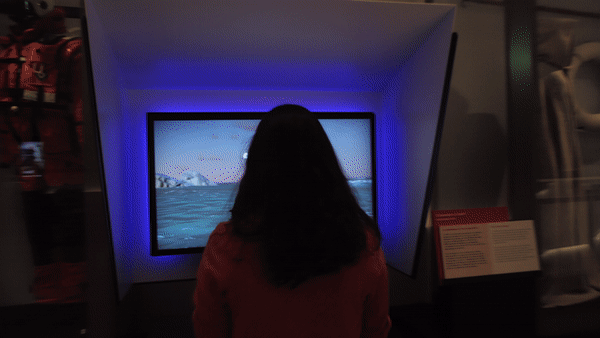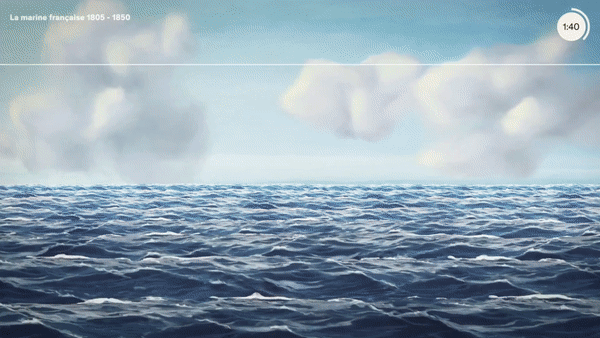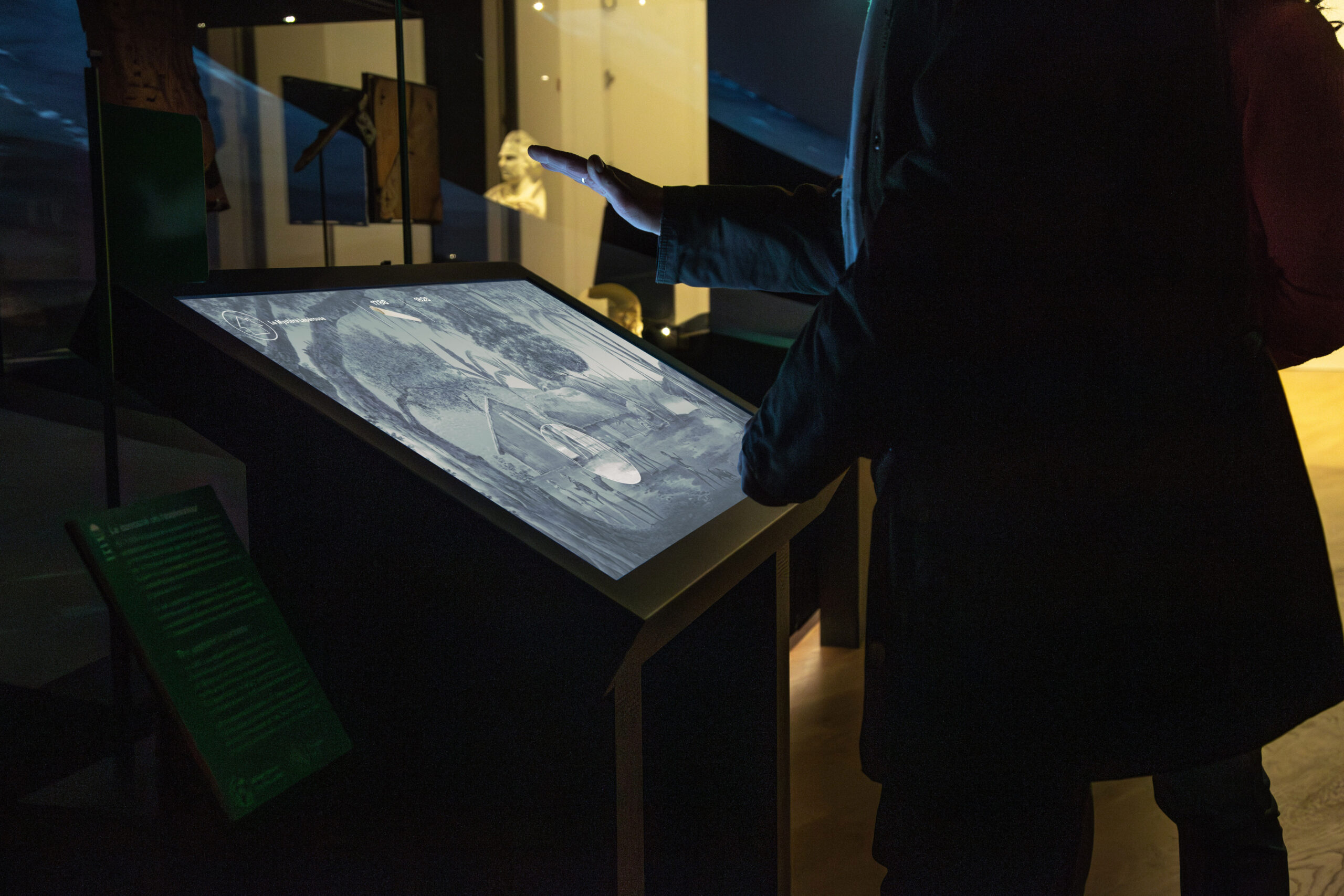In the iconic centre of Paris, Le Musée national de la Marine has stood as a proud testament to France’s marine history for over 100 years.
The museum embarked on a rejuvenation project to offer a broader perspective on the maritime world ahead of the 2024 Paris Olympics. The museum has focused heavily on French naval history and wanted to expand its narrative to encompass commerce, trade, marine ecosystems, and people’s daily lives.
Journey, in collaboration with exhibition designer Casson Mann, developed new galleries and exhibits that would realise this vision, contextualising France’s maritime role whilst ensuring universal relevance and accessibility.
Inaugurated by President Emmanuel Macron, the museum admitted 13,000 visitors within 48 hours of opening.
To transform Le Musée national de la Marine into an inclusive and modern space, ensuring exhibits are accessible to a broader audience whilst maintaining historical authenticity.
A comprehensive digital makeover of the museum, utilising innovative AV installations and inclusive designs to engage diverse audiences, making the maritime past and present accessible and understandable to all.
The permanent collection of Le Musée national de la Marine originated from the time of Louis XV of France and was first displayed at the Louvre in 1752. But as times evolved, it became imperative for the museum to adapt, ensuring these naval tales remain captivating and accessible to every generation.
Modernisation isn’t about overshadowing history with technology but using it as a tool to enhance the narrative. The museum’s exhibits, from 18th-century paintings of French ports by Joseph Vernet to ship models commissioned by Napoleon Bonaparte, needed to be experienced and understood by all, not just passively viewed.
Our challenge would be making this epic maritime heritage engaging and, most crucially, accessible. Nineteen unique digital installations were developed, each tailored to evoke a specific facet of marine history and life.
We worked with Casson Mann, to develop exhibits that could be comprehended regardless of physical or cognitive barriers; innovations like immersive audio descriptions, tactile touch points, sign languages, and accompanying digital content all contribute to creating exhibits for everyone.
The visually impaired can feel and understand exhibits, sign language interpretations ensure people who are deaf or hard of hearing can engage, and abridged versions of content help to make them comprehensible for young people or those with cognitive disabilities.
Now, visitors can understand the historical significance of a ship’s bell or learn about sustainable fish consumption interactively. They can witness the evolution of the French marine through animations or comprehend complex instruments like the sextant through digital interactives.
Accessible design caters to the holistic nature of human perception in a way that a standard AV installation simply cannot; by engaging all the senses, these exhibits afford all visitors a richer overall sense of immersion, and by catering to diverse learning styles, they are also educational for people of all abilities.
It’s crucial to work directly with the people these exhibits are designed to help, so we utilised workshops and focus groups involving individuals with a variety of disabilities to test our work. By receiving direct feedback from users, we were able to refine the immersive audio, tactile touchpoints, and digital content to ensure they would be fit for purpose.
That’s not to say there aren’t challenges with accessible design; for instance, how do you effectively translate an understanding of maritime instruments, such as the sextant, a visual tool, into an exhibit that can engage people who are blind?
The answer is to engage the other senses in such a way as to give the visitor with a visual impairment an impression of what it means to use the sextant, in short, to explain sight to someone who has never seen it.
It sounds impossible, but through accessible audio storytelling and tactile interactions, we guide visitors step by step into understanding how this complex tool works. They feel their way through the operation of a sextant, while the audio narrative details a spatial description of the tools’ role on a ship at sea. Thus, the visitor gains a deeper sensory understanding of what it means to use the sextant.
A happy side-effect of engaging multiple senses is that those who aren’t sight-impaired experience greater engagement. Everyone benefits from the exhibits being accessible.
Another objective of the rejuvenation project was to present a more holistic view of the maritime world, moving beyond its militaristic roots. By incorporating stories of trade, commerce, ecosystems, and daily fisherman lives, the museum aimed to represent the sea as a multifaceted entity.
Journey also developed a digital style guide that underpins the museum’s transformation and reflects the style and heritage of the institution.
We developed a suite of typefaces, imagery and icons, and guidelines for navigation elements to ensure an intuitive user experience consistent and cohesive across the museum experience, from the Musée national de la Marine website to all 19 digital touchpoints across the exhibit.
Impact
Gold
Medal 2024 MUSE Design AwardsSilver
Winner 2024 European Design AwardsBest Practice
2024 ICOM CECAWe devoted a great deal of time to research. Journey wanted to ensure every piece of digital content was fact-checked. So, we collaborated closely with the museum’s in-house team, to maintain historical and scientific accuracy.
This rejuvenation isn’t just about updating exhibits or incorporating screens. It’s a reaffirmation of a profound truth: History belongs to everyone. With Journey and Casson Mann’s innovative approach, the museum has become a space where everyone can journey through and truly understand the French maritime world, irrespective of their abilities.

It’s more than a restoration, more than a renovation, it’s a reinvention.


